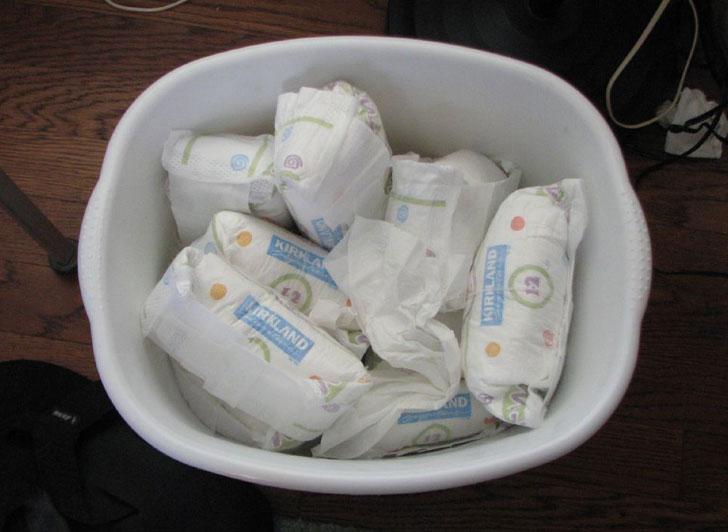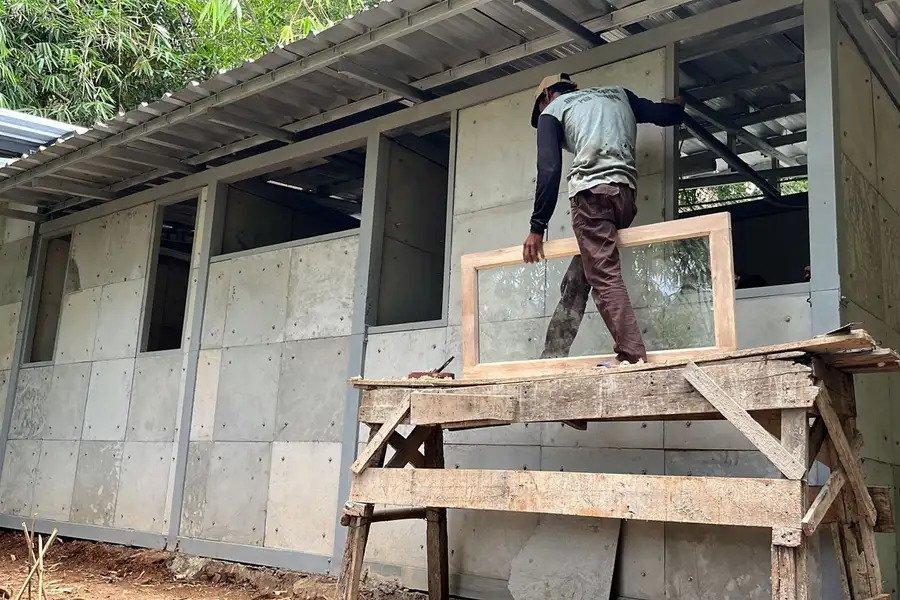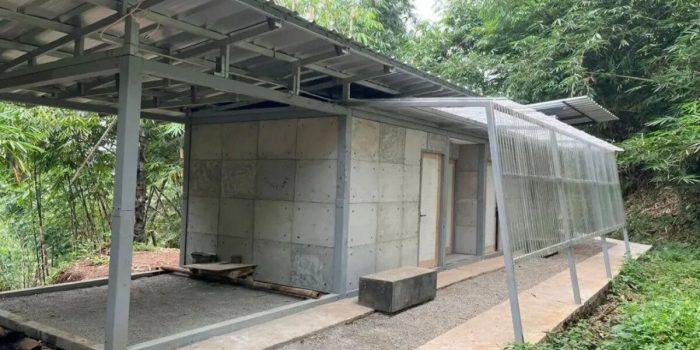A recent study has discovered a fascinating use for old diapers: they can be used as a substitute for sand in concrete and mortar. The researchers found that it is possible to replace up to 8% of the sand typically used in constructing a small single-story house with processed used diapers, without compromising the structural integrity of the building.
Since millions of diapers are thrown away each year, this process significantly reduces the amount of diapers that are either burned or end up in landfills as waste.

This innovative process can be utilized to construct affordable housing in different parts of the world.
The process is made possible because disposable diapers are made from materials such as wood pulp, cotton, viscose rayon, and various plastics. With proper cleaning and processing to remove any waste, used diapers can easily replace sand in construction materials.
In the study, Siswanti Zuraida and her team experimented with washing, drying, and shredding disposable diapers along with cement, sand, gravel, and water to create the new concrete and mortar.

They tested six samples with different proportions of diaper waste to determine their resistance to pressure after curing for 28 days. Based on their findings, they calculated the maximum amount of sand that could be replaced with diaper waste in building materials for a standard 388 ft2 (36-square-meter) house in Indonesia.
The study reveals that disposable diaper waste can effectively replace a significant portion of the sand required for concrete in construction. For a three-story house, up to 10% of the sand used in columns and beams can be substituted with diaper waste, while for a single-story house, this proportion can increase to 27%.
Additionally, diapers can replace up to 40% of the sand needed for mortar in partition walls, compared to only 9% for floors and garden paving.
Overall, it is possible to replace around 8% of the sand in all concrete and mortar materials required for a 388 ft2 (36-square-meter) single-story house with disposable diaper waste, amounting to approximately 1.7 cubic meters of waste. This is a remarkable achievement.
To implement these findings on a large scale, the researchers suggest the involvement of various stakeholders, including government and waste management organizations, to develop processes for collecting, sanitizing, and shredding diaper waste. Furthermore, adjustments to building regulations would be necessary to enable the utilization of diaper waste as a construction material.
The study can be reviewed in the Journal Nature


